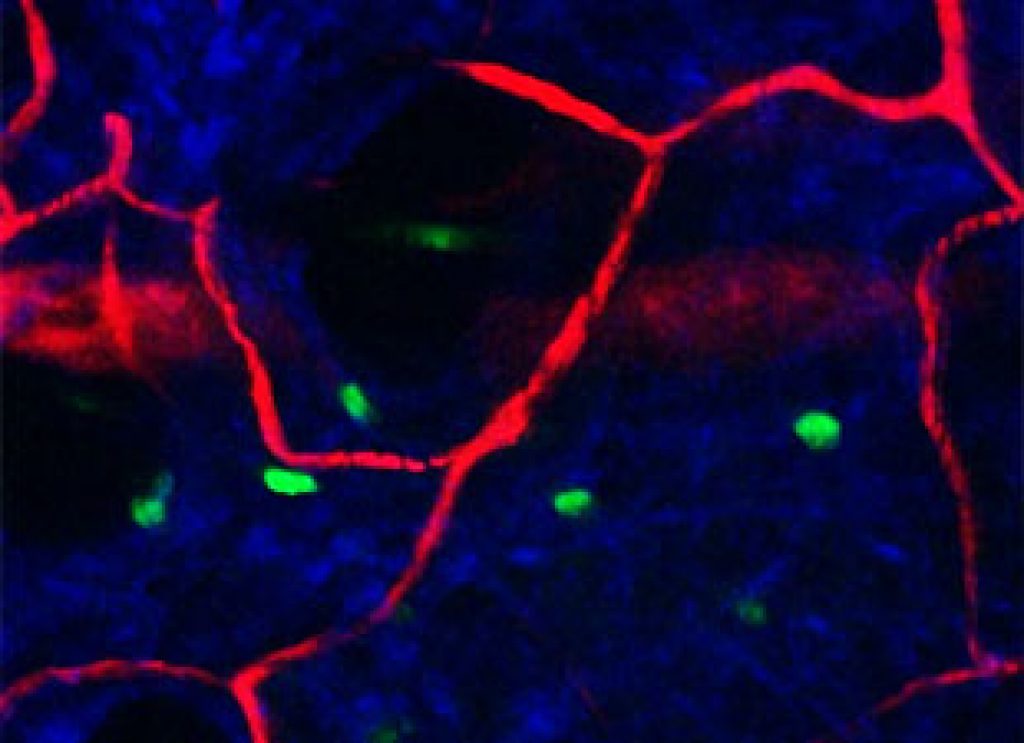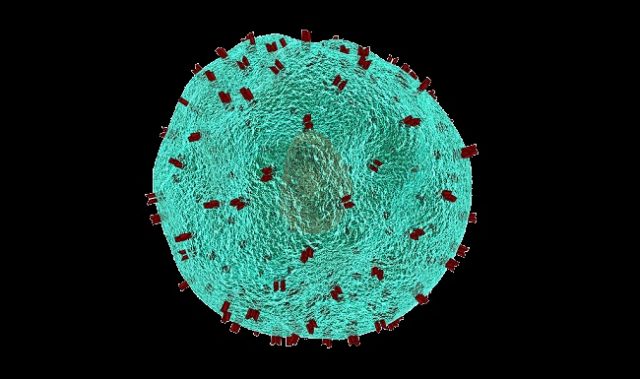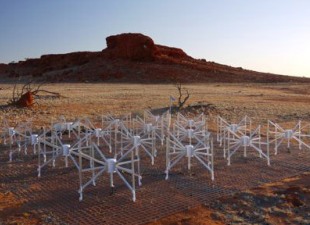
AsianScientist (Apr. 23, 2013) – Researchers have discovered a new type of immune cell in our skin that could be linked to eczema and other allergies.
The findings, published this week in the journal Nature Immunology, was the result of a collaboration among researchers from the University of Sydney’s affiliated Centenary Institute and colleagues in New Zealand, the UK, and the US.
The new cell type is part of a family known as group 2 innate lymphoid cells (ILC2), discovered years ago in the laboratory of Professor Wolfgang Weninger, which had developed techniques for marking different cells of the immune system and tracking them live under the microscope.
The identity of these cells, however, remained a mystery until now.
Dr. Ben Roediger, first author on the paper and a research officer in the Centenary’s Immune Imaging Laboratory, said this was the first time such cells had been found in the skin, and they are relatively more numerous there.
“Our data show that these skin ILC2 cells can likely suppress or stimulate inflammation under different conditions,” he said. “They also suggest a potential link to allergic skin diseases.”
Based on a suspicion that the cells may be associated with type 2 immunity, the part of the immune system that deals with infection by parasitic organisms, the researchers contacted Professor Graham Le Gros at the Malaghan Institute in New Zealand, one of the world’s foremost researchers into type 2 immunity.
Not only did Professor Le Gros and his team confirm that the Centenary researchers had found a new form of ILC2 cell, but they were able to provide a new strain of mouse developed in the United States that provided insight into the function of these cells.
“Using these mice, we found that ILC2 cells were the major population in the skin that produced interleukin 13, a molecule that has been linked to a number of allergic diseases, including eczema,” Roediger said.
The researchers were also able to watch the behavior of the ILC2 cells in the skin under a microscope, where they moved in a characteristic way – in random spurts punctuated by stoppages. Interestingly, the ILC2 cells always seemed to stop in close proximity to mast cells, which are known to play a key role in controlling parasitic infections and to be associated with allergies.
Aside from the interaction with mast cells, the team was able to show that ILC2 cells could be stimulated to spread quickly and were capable of generating the inflammatory skin disease.
“We now have experiments underway in which we are actively looking for the direct involvement of these cells in the sort of skin diseases you would predict based on these findings,” Roediger said.
The article can be found at: Roediger B et al. (2013) Cutaneous immunosurveillance and regulation of inflammation by group 2 innate lymphoid cells.
——
Source: Centenary Institute.
Disclaimer: This article does not necessarily reflect the views of AsianScientist or its staff.












